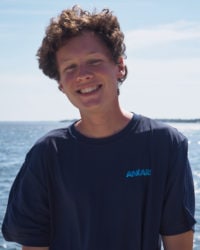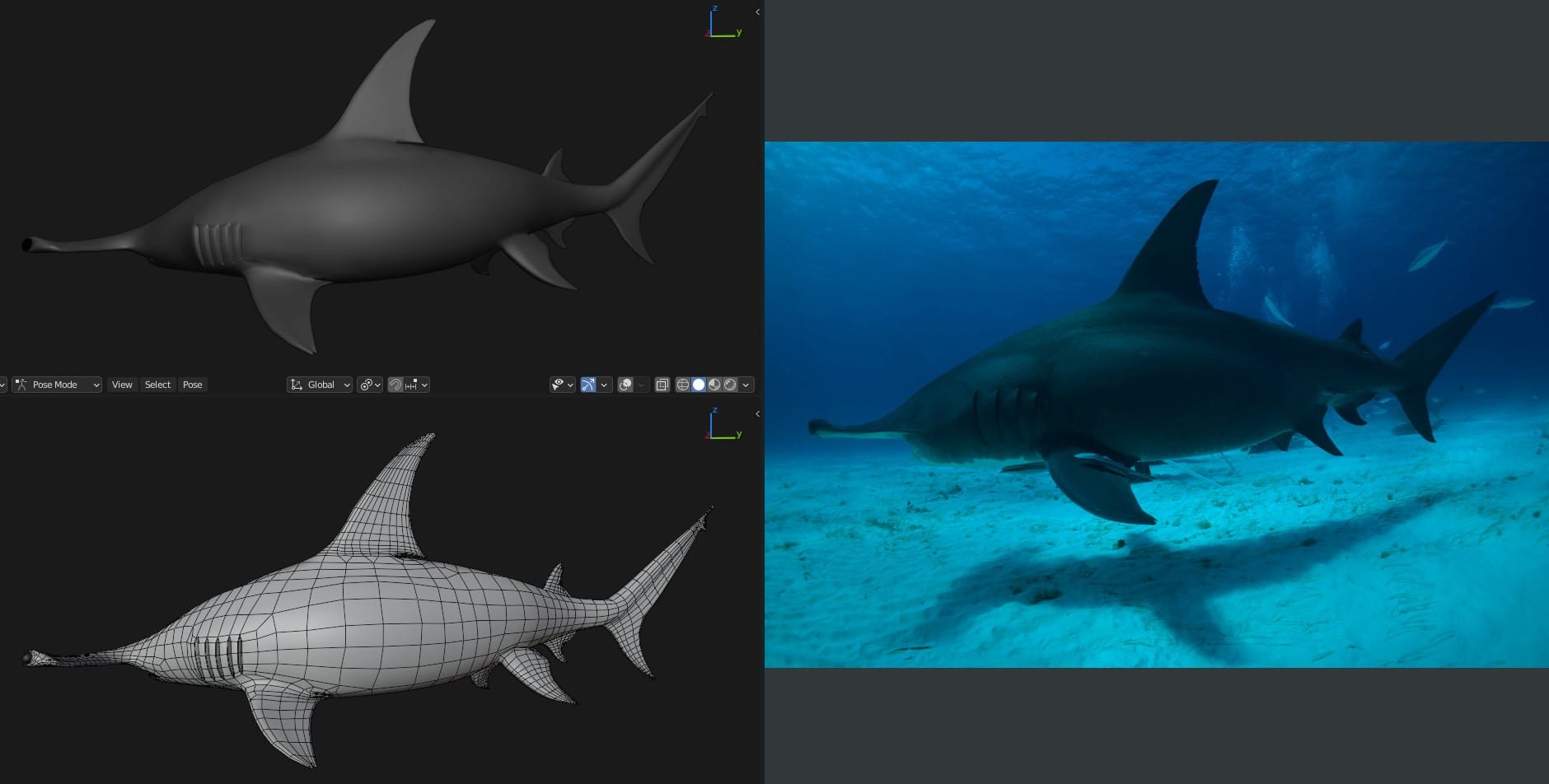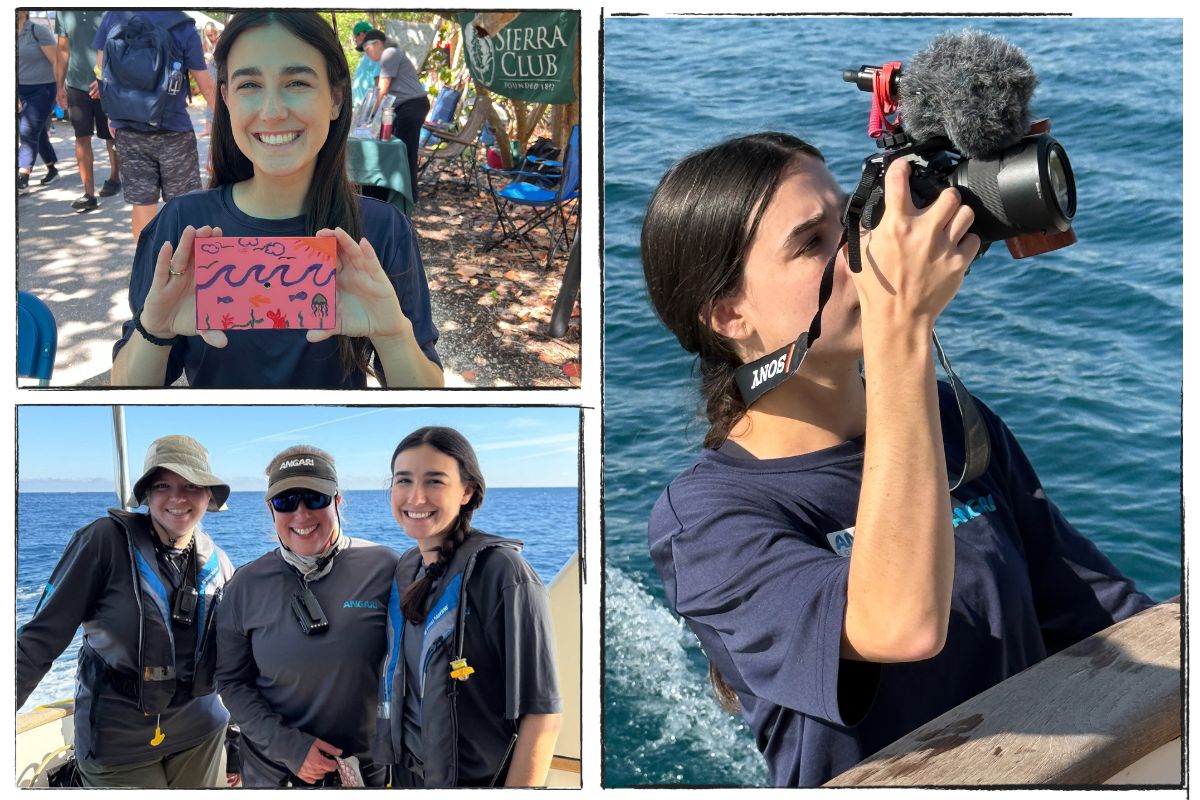Having the opportunity to intern with ANGARI Foundation has been an exciting and unforgettable adventure! My time here has been full of new experiences, growth, furthering my craft and developing a deeper passion for our marine environments. As an intern, I focused on creating two video projects that convey the purpose and heart behind the programs Coastal Ocean Explorers: Sharks and Lagoon Drift.

Learning (& Teaching) Photogrammetry with ANGARI Foundation

By Nik Varley – Spring & Summer 2021 Intern
In 2021, I worked as both a remote and in-person intern with ANGARI Foundation supporting ocean education projects. During this time, COVID-19 prevented us from meeting with students in person, and we transitioned our outreach from in-person classroom visits to online lessons and webinars with ANGARI’s partner scientists. Thankfully, we were able to take advantage of this time indoors by creating a laboratory activity for students to learn about one of my favorite research techniques: photogrammetry, the process of building three-dimensional (3D) models from photographs.
ANGARI’s research collaborators have used photogrammetry to create lifelike models of some of the ocean’s most distinctive creatures. My first introduction to these models was Nemesis, a larger than 10-foot great hammerhead shark photographed and filmed by research divers and scientists on R/V ANGARI Expedition 33 to Bimini in The Bahamas. The Nemesis 3D model, the first of its kind, captures the shark in photorealistic detail and provides an interactive view of this unique species. Other scientific researchers aboard ANGARI Foundation expeditions have modeled other forms of marine life including, diverse coral reefs environments and giant manta rays.

Using these research efforts and models as inspiration, I decided to develop an educational lesson about 3D modeling. To get started, I spoke with Will Greene, a researcher and photogrammetry expert with the Perry Institute for Marine Science who has modeled coral colonies across The Bahamas over the course of several R/V ANGARI expeditions. Will showed me the basics and got me started making my first models.
The first models didn’t come easily — to make the lab accessible, I had to build it around photogrammetry software that was free to use, compatible on most devices and operating systems and not too technical for entry-level users (like me). After trying out a long list of applications, taking hundreds of photos and googling many error messages, we finally arrived at a set of lab procedures appropriate for high school students that enables them to create detailed 3D models using only cell phone cameras and free applications.

Now that the laboratory exercise has been written up, I’m looking forward to adding the finishing touches and publishing it on ANGARI Foundation’s website. Photogrammetry’s uses are limitless, and the techniques we teach in this lesson could be used for field research, archeology, engineering, digital art, game design, or any number of other areas. I hope the lab will begin to spark student’s imaginations — I can’t wait to see the models they come up with.



